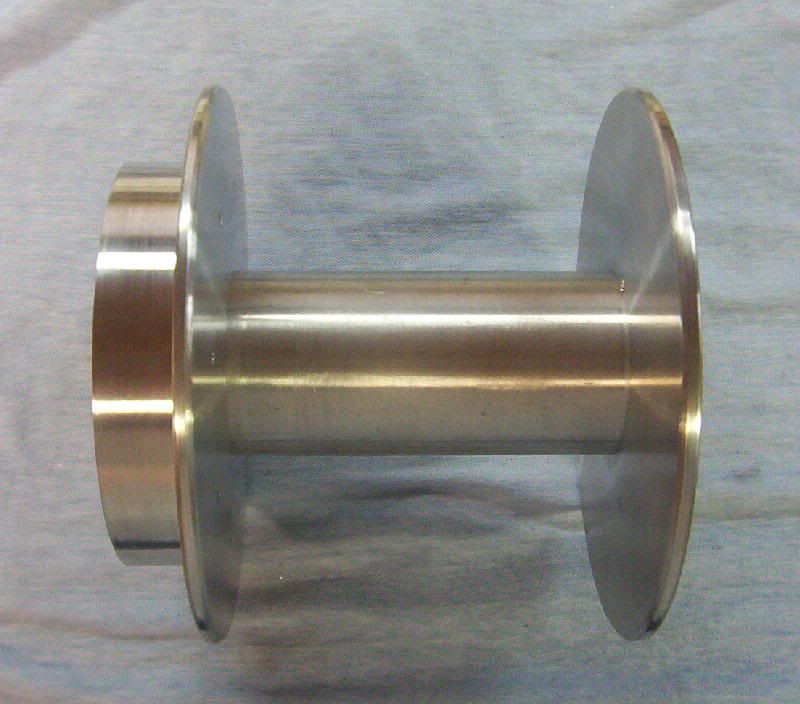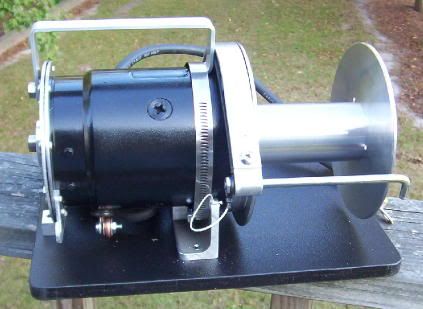winchman
Stainless
- Joined
- Jun 19, 2003
- Location
- Thomasville, GA
I just finished my new fixture for machining the ends of 2" dia thin-wall (0.049") aluminum tubing so that the ends are perpendicular to the OD.

The fixture is made from a piece of 2" stainless steel pipe. A plate is welded into one end so the fixture can be held tightly against the lathe chuck with a threaded rod through the spindle. The chuck jaws are tightened only enough to center the fixture.
The plastic inserts were bored with the fixture mounted and marked so it could always be installed in the same position. This eliminates the effect of the error in the chuck.

The piece of aluminum tubing is rough-cut to length on the bandsaw, the ends are smoothed, and it's inserted into the fixture. The two setscrews are tightened just enough to keep the tubing from spinning as I take light cuts to square up the outer end. After removing any burrs, the tubing is flipped for doing the other end. Measuring from the end of the fixture to the end of the tube, and adding the depth of the fixture gives me the exact length of the tube.
Getting the ends perpendicular to the OD is important, since any error is multiplied by three when the tube is installed between the 6" diameter endplates.

The previous method of holding the tubes didn't always produce square and parallel ends, since it didn't elininate the chuck error, and it picked up on the ID of the tube, which wasn't always concentric to the OD. There was no way to true up the assembled drums since the outer edges are pretty thin.
I hate drums that don't run true.
 This new fixture will cure the problem nicely.
This new fixture will cure the problem nicely.
Roger

The fixture is made from a piece of 2" stainless steel pipe. A plate is welded into one end so the fixture can be held tightly against the lathe chuck with a threaded rod through the spindle. The chuck jaws are tightened only enough to center the fixture.
The plastic inserts were bored with the fixture mounted and marked so it could always be installed in the same position. This eliminates the effect of the error in the chuck.

The piece of aluminum tubing is rough-cut to length on the bandsaw, the ends are smoothed, and it's inserted into the fixture. The two setscrews are tightened just enough to keep the tubing from spinning as I take light cuts to square up the outer end. After removing any burrs, the tubing is flipped for doing the other end. Measuring from the end of the fixture to the end of the tube, and adding the depth of the fixture gives me the exact length of the tube.
Getting the ends perpendicular to the OD is important, since any error is multiplied by three when the tube is installed between the 6" diameter endplates.

The previous method of holding the tubes didn't always produce square and parallel ends, since it didn't elininate the chuck error, and it picked up on the ID of the tube, which wasn't always concentric to the OD. There was no way to true up the assembled drums since the outer edges are pretty thin.
I hate drums that don't run true.

Roger




